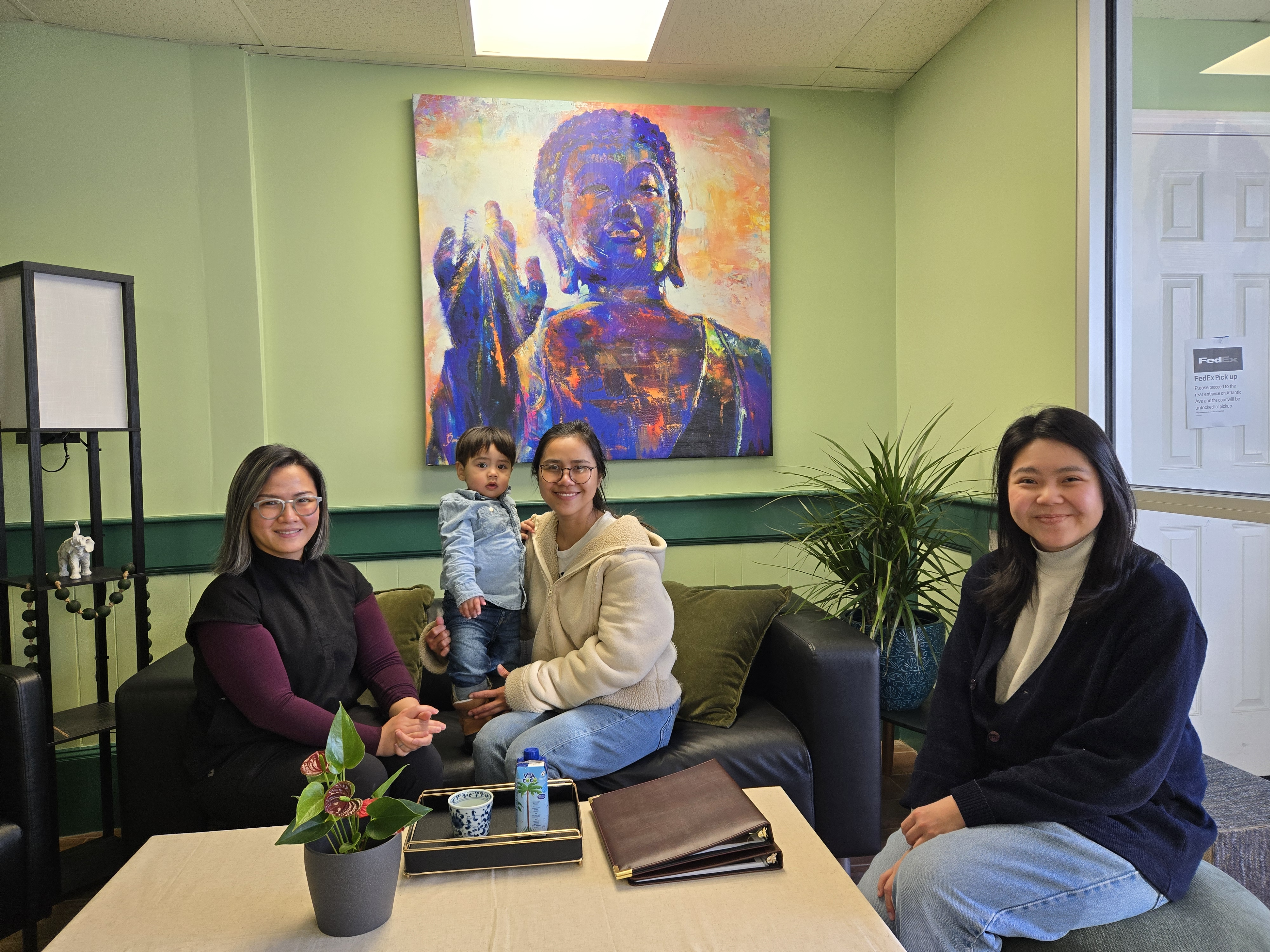
Spider Veins
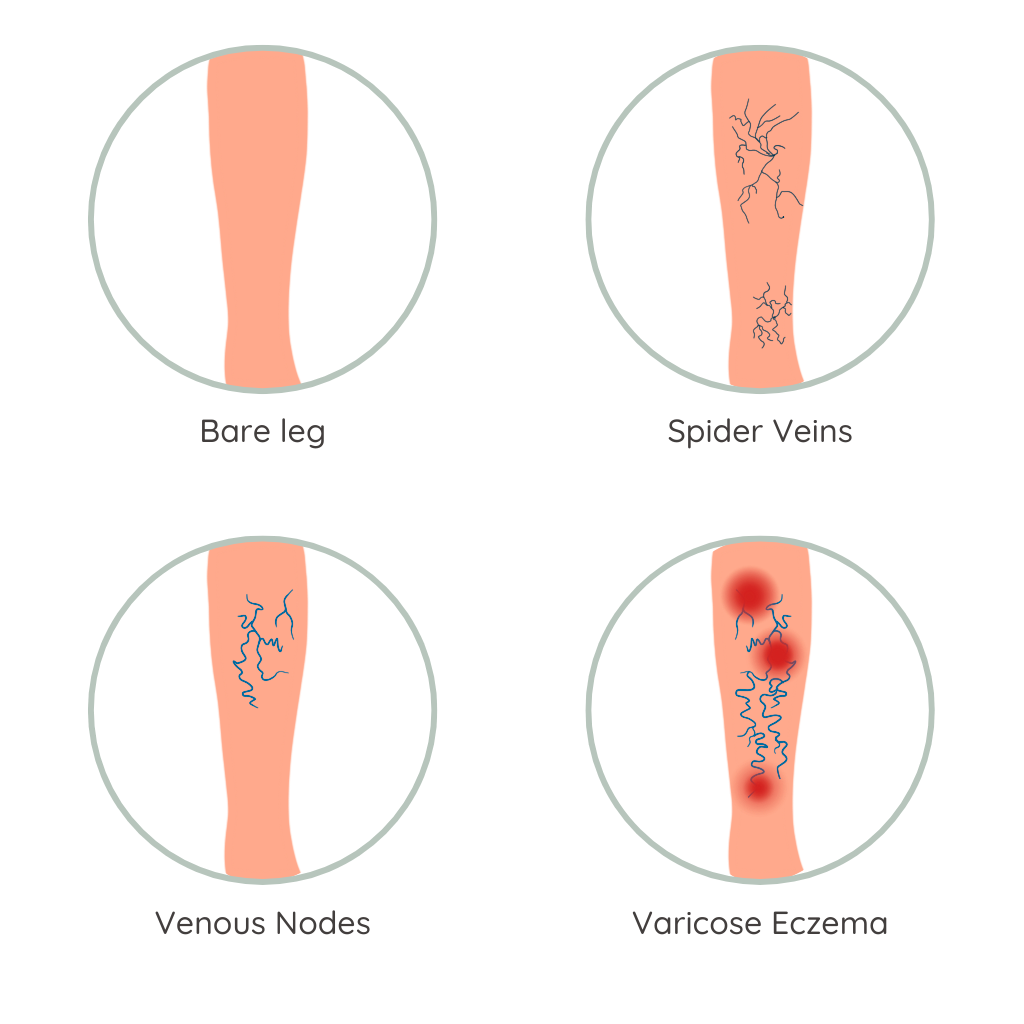
What is it?
Spider veins are small, dilated blood vessels that appear close to the surface of the skin, often resembling thin, web-like patterns. Commonly found on the legs and face, they can vary in color from red to blue or purple. Factors contributing to the development of spider veins include genetics, hormonal changes, prolonged sitting or standing, and sun exposure. While they are generally harmless, many individuals find them cosmetically unappealing and seek treatment to improve their appearance. We want to help you recognize their causes and discover a variety of effective solutions that can reduce their visibility and enhance your overall skin tone, giving you a radiant look to look forward to.
Key Facts
- Spider Veins Are Small, Visible Blood Vessels: They appear as thin, web-like red, blue, or purple veins, usually on the legs and face due to weakened or damaged blood vessels.
- Caused by Poor Circulation and Weakend Vein Valves: Genetics, prolonged standing, pregnancy, hormonal changes, and sun exposure can contribute to the development of spider veins.
- They Are Typically Harmless but Can Indicate Poor Circulation: While mostly a cosmetic concern, spider veins may be a sign of underlying venous insufficiency in some cases.
- Spider Veins Are Different from Varicose Veins: Unlike larger, bulging varicose veins, spider veins are smaller, flatter, and painless, though both result from vein damage.
How long does it last? Does it Relapse?
- Once a vein is collapsed or destroyed by treatment, it is absorbed by the body and does not come back. However, new spider veins can develop over time in the same or different areas.
Is it curable or treatable?
- Spider veins do not go away on their own: Once they develop, they remain visible unless treated with procedures like sclerotherapy or laser therapy.
- Treatment Results Are Long-Lasting but Not Permanent: Treated spider veins fade over days to weeks, and most do not return. However, new spider veins can form over time due to genetics, aging, and lifestyle factors.
- Treatments Can Effectively Reduce or Remove Them: Sclerotherapy, laser therapy, and radiofrequency treatments can help shrink and eliminate spider veins.
- Prevention Includes Healthy Lifestyle Choices: Regular exercise, avoiding prolonged sitting or standing, wearing compression stockings, and protecting skin from sun damage can help prevent new spider veins.
- Varicose Veins: Larger than spider veins, these can become painful over time. At this stage, treatment is often covered by insurance. Our expert team can assess your condition and determine if coverage applies.
Before & After
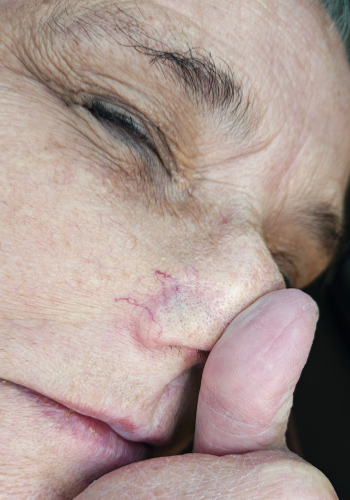
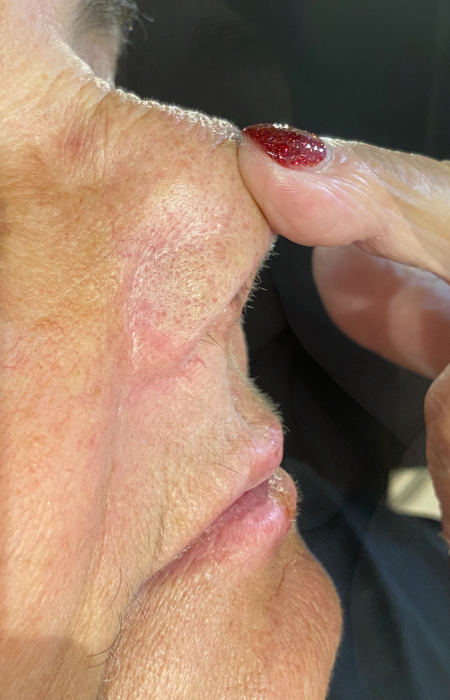

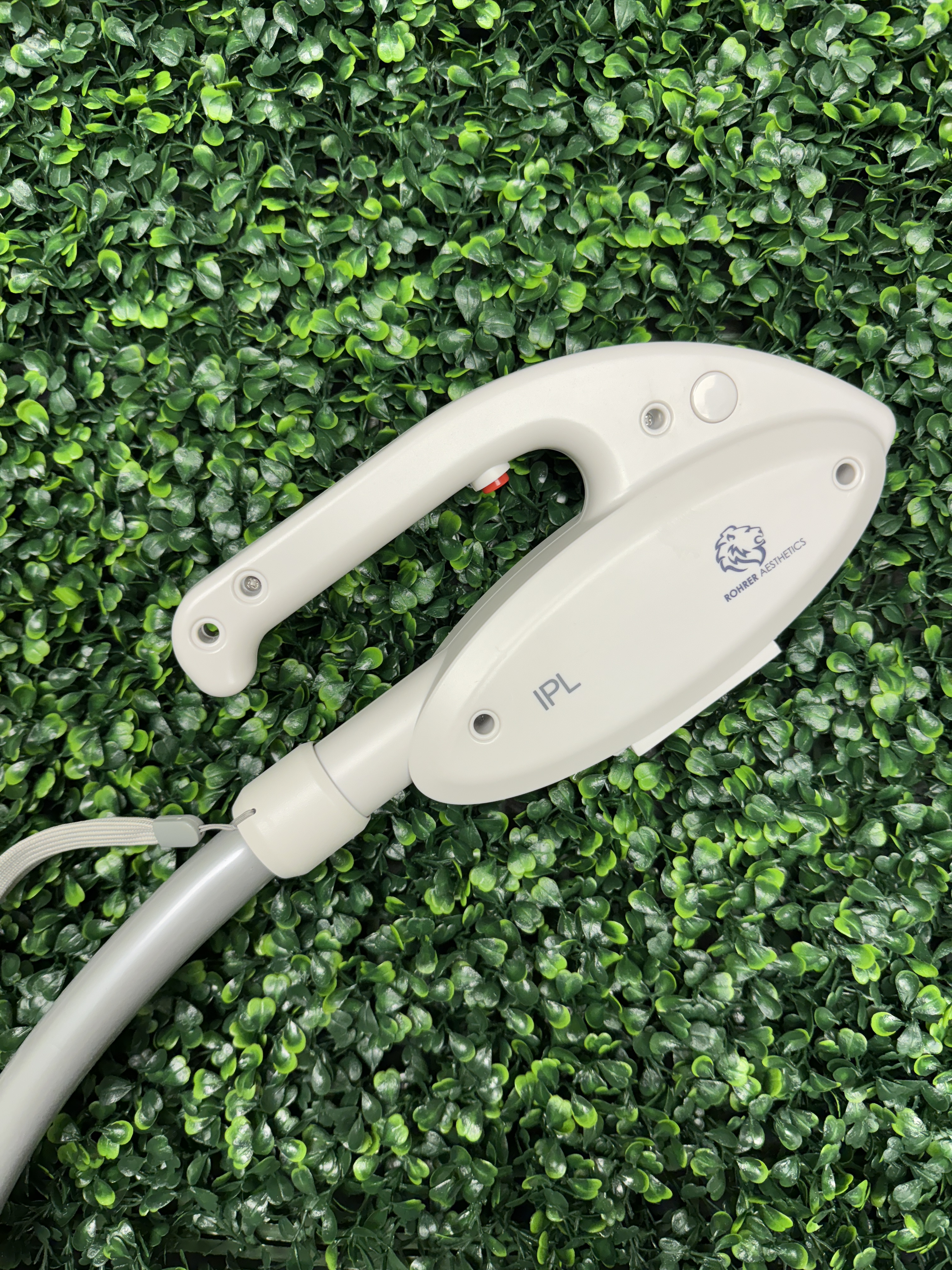
Our treatments
We combine medical and aesthetic expertise to create personalized skincare solutions using advanced laser and energy-based devices.

FAQ
Q: Are spider veins dangerous?
A: No, spider veins are mostly a cosmetic concern and do not pose serious health risks. However, they may indicate poor circulation or underlying venous insufficiency in some cases.
Q: Do spider veins go away on their own?
A: No, once spider veins appear, they do not fade naturally. Professional treatments are needed to remove them.
Q: What’s the difference between spider veins and varicose veins?
A: Spider veins are small, flat, and web-like, while varicose veins are larger, bulging, and may cause pain or discomfort. Both result from weak or damaged veins.
Q: Is spider veins hereditary?
A: Yes, spider veins can be hereditary. They are often caused by a weakness in the vein walls, or by damaged valves in larger veins.

